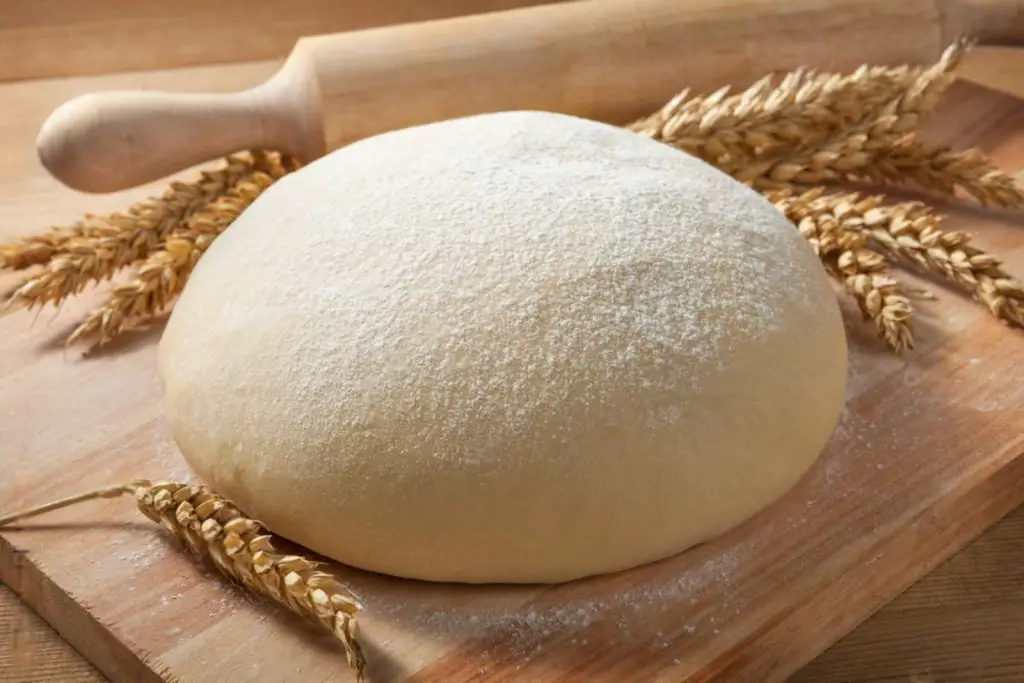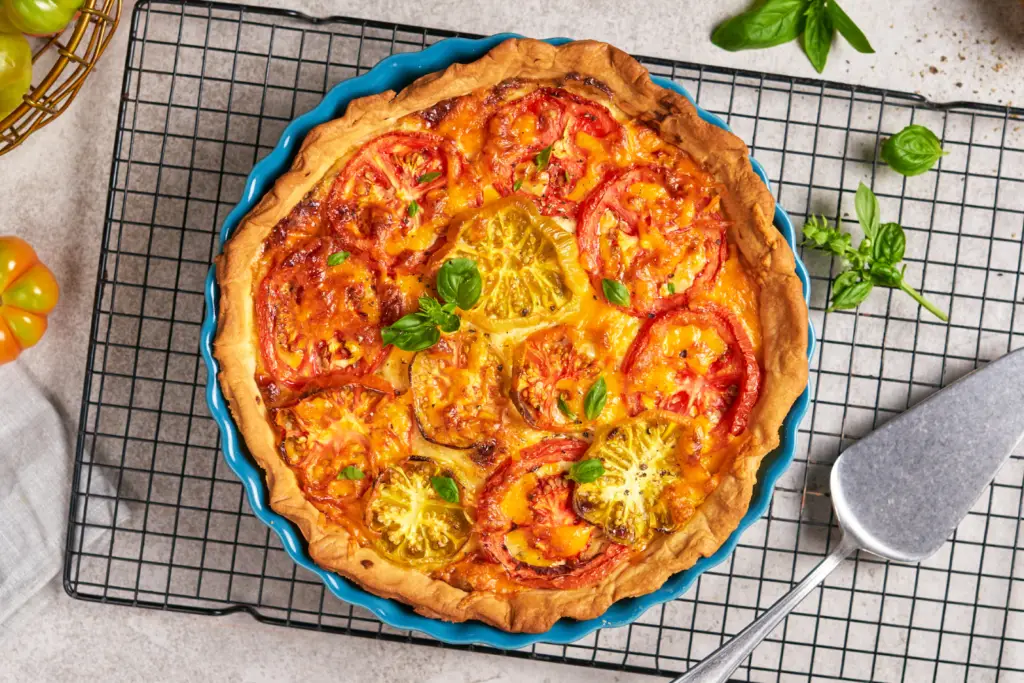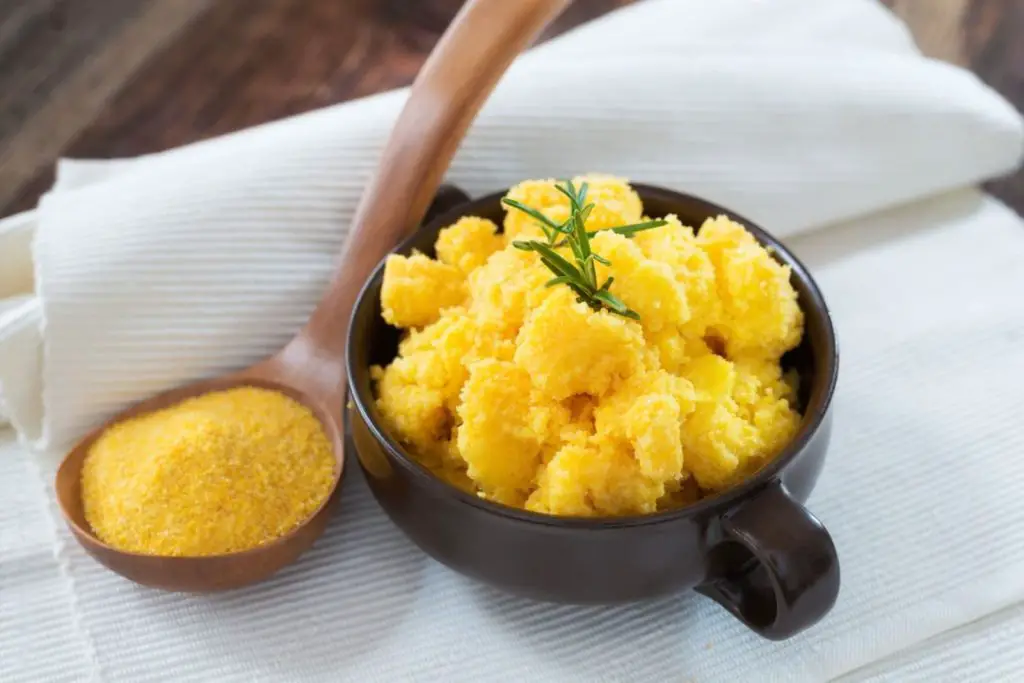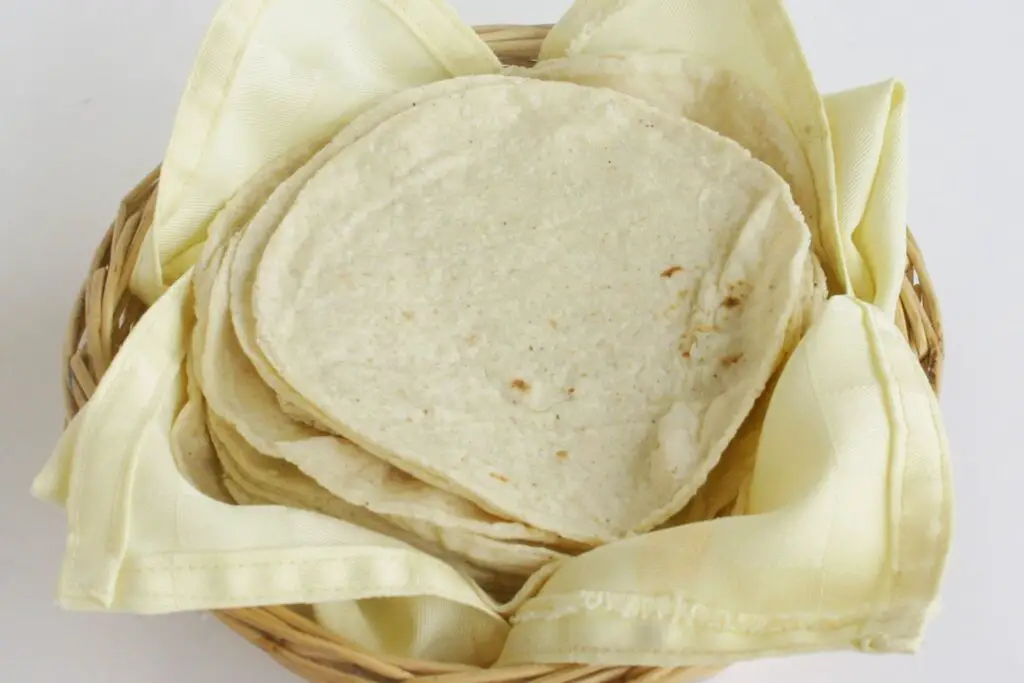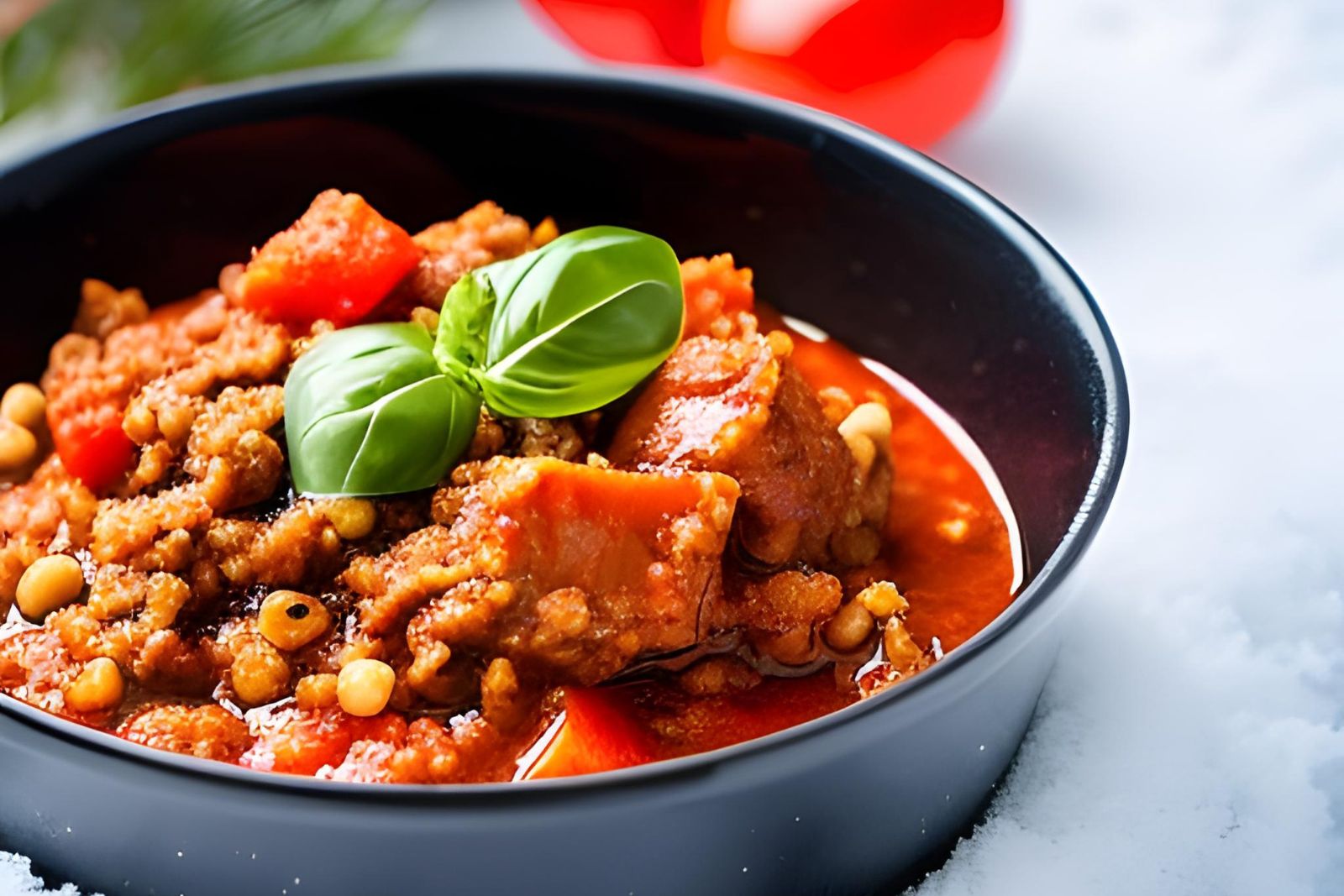
Bolognese sauce, also known as ragù alla bolognese, is a rich and savory Italian meat sauce that has gained international acclaim for its deep flavors and versatility. Whether you’ve made a large batch of this delectable sauce or have some leftovers from a hearty pasta dinner, freezing it can be an excellent way to preserve its taste and save time on future meals. In this guide, we’ll walk you through the steps to freeze Bolognese sauce properly, ensuring that it remains as flavorful and enjoyable as the day you made it.
Here’s a step-by-step guide on how to freeze Bolognese sauce:
Step 1: Prepare your Bolognese sauce
The first step in freezing Bolognese sauce is to prepare the sauce itself. This is where you can showcase your culinary skills by crafting a rich and flavorful sauce that will be a delicious addition to future meals. Here’s what you need to do:
- Gather Ingredients: Review your chosen Bolognese sauce recipe and ensure you have all the necessary ingredients on hand. Traditional Bolognese sauce typically includes ingredients like ground beef or pork, onions, celery, carrots, tomatoes, tomato paste, wine, milk, and various seasonings. Feel free to customize the recipe with your favorite ingredients and spices.
- Follow a Recipe or Get Creative: You can either follow a well-loved Bolognese sauce recipe or create your own based on your preferences. Traditional recipes provide a solid foundation, but don’t hesitate to experiment with ingredients and flavors to make the sauce uniquely yours.
- Cook to Perfection: Take your time to cook the sauce to perfection. The key to a great Bolognese sauce is allowing it to simmer and develop its flavors over time. Typically, this involves browning the meat, sautéing the vegetables, adding the tomatoes and liquids, and letting it all meld together. Simmering on low heat for a couple of hours is often recommended, as it intensifies the sauce’s taste and texture.
- Season to Taste: Throughout the cooking process, be sure to taste the sauce and adjust the seasonings as needed. Depending on your palate, you may prefer it more savory, slightly sweeter, or with a hint of spice. Season with salt, pepper, and any other herbs or spices to achieve your desired flavor profile.
- Consider Dietary Preferences: If you or your family have dietary preferences or restrictions, such as vegetarian or vegan diets, you can easily adapt the recipe by using plant-based alternatives like lentils or mushrooms instead of meat and dairy-free options for milk and cheese.
Step 2: Allow the sauce to cool
After you’ve crafted your delicious Bolognese sauce to perfection, the next critical step in the freezing process is allowing the sauce to cool down to room temperature. While it may seem like a simple and routine task, this step plays a pivotal role in preserving the quality and taste of your sauce during the freezing process. Here’s why it’s essential:
- Prevents Condensation: When you remove your freshly cooked Bolognese sauce from the stove or heat source, it’s piping hot. Placing hot sauce directly into containers and then into the freezer can lead to condensation inside the containers. Condensation occurs when the warm air trapped inside the container cools down rapidly in the freezer, turning into moisture on the sauce’s surface. This moisture can negatively affect the sauce’s texture and flavor, potentially leading to freezer burn.
- Maintains Food Safety: Rapidly cooling down hot food to room temperature is an important food safety measure. Bacteria can multiply quickly in warm or hot environments, and sealing hot food in containers for freezing could create conditions conducive to bacterial growth. Allowing the sauce to cool at room temperature for a reasonable amount of time before freezing reduces the risk of bacterial contamination.
Here’s how to effectively cool your Bolognese sauce:
- Remove from Heat Source: Once your sauce is fully cooked and seasoned to your liking, remove it from the heat source immediately. Turn off the stove or burner to prevent further cooking.
- Transfer to a Wide Container: To speed up the cooling process, transfer the hot sauce to a wide, shallow container. A large, heat-resistant dish or tray can help dissipate heat more quickly than a deep pot.
- Stir Occasionally: While the sauce is cooling, give it an occasional stir. This not only helps distribute heat evenly but also encourages faster cooling.
- Use a Timer: Depending on the volume of sauce and the temperature of your kitchen, cooling can take anywhere from 1 to 2 hours. Use a timer to ensure you leave the sauce out at room temperature for the necessary cooling time.
- Check Temperature: You can check the sauce’s temperature using a food thermometer. The goal is to reach room temperature, typically around 68-72°F (20-22°C).
Step 3: Choose your storage containers
Once your Bolognese sauce has cooled down to room temperature, the next step in freezing it involves selecting the right storage containers. This decision is more important than it may seem at first, as it can significantly impact the quality and convenience of your frozen sauce. Here’s why choosing the appropriate containers matters:
- Preserving Flavor: The primary goal when freezing Bolognese sauce is to preserve its flavor and texture. Using airtight containers or freezer-safe bags is crucial because they create a seal that prevents air from entering or escaping. Air exposure can lead to freezer burn, which can negatively affect the taste and texture of the sauce over time.
- Portion Control: Selecting containers that are the right size for your intended servings is essential for minimizing waste and ensuring you can easily thaw and use the sauce when needed. Smaller containers or bags allow you to defrost only the amount you plan to use, leaving the rest of the sauce undisturbed in the freezer.
- Convenience: Practicality matters when choosing containers. Opt for options that are easy to stack in the freezer, saving space and making it simpler to organize your freezer. Containers with lids that securely seal help prevent leaks and spills, ensuring a mess-free freezer.
Here’s how to choose the best containers for freezing your Bolognese sauce:
- Airtight Containers: Look for containers specifically designed for freezing food. These often have airtight seals that lock in freshness and prevent freezer odors from affecting your sauce. Glass containers with snap-on or screw-top lids or plastic containers with secure seals are both suitable choices.
- Freezer-Safe Bags: Alternatively, you can use freezer-safe plastic bags with zip-top closures. These bags are excellent for saving space as you can lay them flat in the freezer, making efficient use of available room. When using bags, it’s a good practice to double-bag for added protection against freezer burn.
- Consider Portion Sizes: Think about your typical portion sizes when selecting containers. Smaller containers are ideal if you often cook for one or two people, while larger ones may be more suitable for family-sized portions.
Remember that the choice of containers may vary depending on your personal preferences and the available space in your freezer. The key is to prioritize airtight seals and practicality to maintain the quality and convenience of your frozen Bolognese sauce.
Can I freeze Bolognese sauce in plastic containers or glass jars?
Yes, both plastic containers and glass jars can be used to freeze Bolognese sauce. Ensure the containers are freezer-safe and leave some space at the top to accommodate sauce expansion during freezing. Be cautious with glass jars, as they may be more prone to cracking due to expansion, so consider using wide-mouthed jars designed for freezing.
Can I freeze Bolognese sauce in an ice cube tray for smaller portions?
Yes, freezing Bolognese sauce in an ice cube tray is a practical method for creating smaller, portioned servings. Once the sauce is frozen into cubes, transfer them to a sealed container or freezer bag for long-term storage. This approach makes it convenient to use just the right amount of sauce for dishes like pasta, casseroles, or soups without thawing an entire container.
Step 4: Portion and Fill the containers
This combined step involves two critical aspects of preparing your Bolognese sauce for freezing: portioning the sauce and filling the selected containers. This process is fundamental to preserving the quality and convenience of your sauce. Let’s dive into why both of these actions are crucial and how to execute them effectively:
Portioning the Sauce:
- Minimizing Waste: Portioning your Bolognese sauce into manageable servings is an essential practice to prevent waste. It allows you to freeze only what you need for a single meal, reducing the likelihood of discarding unused portions.
- Convenient Meal Planning: Portioning makes meal planning more convenient. It ensures you have pre-measured servings ready to go, saving you time and effort when preparing meals in the future.
- Preserving Quality: Smaller portions are easier to thaw, reducing the need to expose the entire batch to temperature fluctuations. This helps maintain the sauce’s overall quality.
Filling the Containers:
- Minimizing Air Exposure: Carefully ladling or pouring the sauce into your chosen containers ensures that you minimize air exposure. Air can lead to freezer burn, which can negatively affect the texture and taste of your sauce.
- Leaving Room for Expansion: Leaving some space at the top of the containers is essential to accommodate the expansion that occurs as the sauce freezes. Filling containers to the brim could lead to container damage and sauce leakage.
- Ensuring Airtight Seals: Sealing the containers tightly is crucial for creating an airtight environment. This helps lock in the sauce’s freshness and flavors, preventing moisture from entering or escaping.
Here’s how to efficiently combine these two steps:
- Begin by portioning your Bolognese sauce into manageable servings. Consider your typical portion size and the number of servings you’ll need for future meals.
- Choose airtight containers or freezer-safe bags that are just the right size for each portion. Make sure these containers have secure lids or zip-top closures to maintain a proper seal.
- Carefully ladle or pour the sauce into each container, distributing it evenly among the portions. Use a kitchen scale if needed to ensure consistent serving sizes.
- As you fill each container, leave approximately 1/2 to 1 inch (1.3 to 2.5 centimeters) of space at the top to allow for sauce expansion during freezing.
- Seal the containers tightly, making sure that lids or closures are securely fastened. If you’re using bags, press out as much air as possible before sealing.
Step 5: Label and date
Labeling and dating your containers of frozen Bolognese sauce might seem like a minor step, but it’s a crucial aspect of the freezing process. Here’s why taking the time to label and date your containers is so important:
- Identification: When you store multiple containers of different frozen foods in your freezer, it can be challenging to identify each item by sight alone, especially if they all look similar when frozen. Labeling your Bolognese sauce containers allows you to quickly and easily identify what’s inside.
- Avoiding Mix-Ups: If you have various homemade sauces or frozen dishes in your freezer, labeling helps you avoid mix-ups. You wouldn’t want to mistake your Bolognese sauce for another tomato-based sauce, such as marinara, which might have different uses or seasonings.
- Tracking Freshness: By including the date of freezing on the label, you can keep track of how long the sauce has been in the freezer. This is essential for maintaining food safety and ensuring you use the sauce before it starts to lose its quality. While frozen food can remain safe to eat for an extended period, its flavor and texture can decline over time.
Here’s how to label and date your containers effectively:
- Use Labels or Freezer Tape: You can use adhesive labels designed for freezer use or simply write directly on the containers with a permanent marker. Another option is to use freezer tape, which adheres well to containers and can be easily removed when needed.
- Include Key Information: On each label, write down the name of the contents (“Bolognese Sauce”) and the date it was frozen. If you’re particularly organized, you can also note the portion size or any other relevant details.
- Be Clear and Legible: Ensure that your labeling is clear and legible. You’ll want to be able to read the information easily, even after the containers have spent time in the freezer.
- Label the Lid: If you’re using containers with removable lids, it’s a good idea to label both the container and the lid. This way, you can quickly identify the sauce even when the container is stacked with others.
- Consider a Rotation System: If you frequently freeze sauces and other foods, consider implementing a rotation system. Place newly frozen items at the back of the freezer and move older items forward. This practice ensures that you use the older items first, reducing food waste and maintaining quality.
Step 6: Store in the freezer
Now that your Bolognese sauce is carefully portioned, sealed, and labeled, the next step is to place these containers in the freezer. Proper storage in the freezer is crucial to maintain the sauce’s quality and flavor for an extended period. Here’s why this step is important and how to do it effectively:
- Preserving Quality: Freezing Bolognese sauce can help preserve its quality by preventing the growth of bacteria and slowing down enzymatic reactions that can degrade flavors and textures. Proper storage ensures that when you eventually use the sauce, it tastes as delicious as the day you made it.
- Efficient Use of Space: Organizing your freezer efficiently is essential to maximize its storage capacity. This allows you to make the most of the space available and keep your frozen foods easily accessible.
- Shelf Life: While frozen Bolognese sauce can remain safe to eat for a more extended period, it’s best to consume it within about three months to ensure the highest quality. After this time, the sauce may still be safe to eat, but its flavor and texture could begin to deteriorate.
Here’s how to store your labeled containers of Bolognese sauce effectively in the freezer:
- Choose a Flat Surface: Before placing the containers in the freezer, ensure that you have a flat, clean surface to work with. This makes it easier to arrange the containers without tilting or spilling their contents.
- Arrange Containers Strategically: When placing the containers in the freezer, consider how you can maximize space. Stacking containers with flat lids can help create a stable tower. If you have various frozen items in your freezer, you can designate sections or shelves for different types of food to keep everything organized.
- Avoid Overcrowding: While it’s essential to maximize space, avoid overcrowding the freezer. Adequate airflow is necessary for maintaining the freezer’s temperature, which, in turn, keeps your frozen items at the proper temperature. Overcrowding can cause uneven cooling and potentially affect the quality of your food.
- Keep Lids Secure: Ensure that the lids of your containers are securely fastened to maintain an airtight seal. This helps prevent freezer burn and contamination.
- Check the Temperature: Keep an eye on the freezer’s temperature settings to ensure it stays at or below 0°F (-18°C). This is the recommended temperature for long-term frozen food storage.
- Rotate Items as Needed: If you add more containers of Bolognese sauce or other items to your freezer over time, remember to use a rotation system. Place newer items at the back and older items toward the front to ensure you use the oldest items first.
How long can bolognese sauce last in the freezer?
Bolognese sauce can last in the freezer for up to 3 months while maintaining its quality. Beyond this time, it remains safe to eat but may experience a decline in flavor and texture due to freezer-related factors. Properly stored, labeled, and dated Bolognese sauce can be enjoyed conveniently over an extended period when thawed and reheated correctly.
Step 7: Thaw and enjoy
The final step in your journey of freezing and preserving Bolognese sauce is thawing and savoring it when you’re ready for a delicious meal. Properly thawing and reheating your frozen sauce ensures that it regains its original flavors and textures. Here’s why this step is essential and how to do it effectively:
- Restoring Quality: Thawing your Bolognese sauce gently in the refrigerator and reheating it with care allows it to gradually return to its original quality. This method prevents shock to the sauce, which can occur with rapid thawing, and helps maintain its taste and texture.
- Safe Food Handling: Thawing in the refrigerator is a safe method for preventing bacterial growth. It keeps the sauce at a consistent, low temperature, minimizing the risk of foodborne illness.
- Versatile Use: Thawed Bolognese sauce can be used in a wide variety of dishes, making it a versatile addition to your culinary repertoire.
Here’s how to thaw and enjoy your frozen Bolognese sauce effectively:
- Plan Ahead: Thawing sauce in the refrigerator requires some time, so plan ahead. Remove the desired portion of sauce from the freezer and place it in the refrigerator the night before you intend to use it. This slow thawing method allows for even defrosting and maintains the sauce’s quality.
- Reheat Gently: When you’re ready to enjoy your sauce, you can reheat it gently on the stove or in the microwave. On the stove, place it in a saucepan over low to medium heat and stir occasionally until it’s heated through. In the microwave, use a microwave-safe dish, cover it with a microwave-safe lid or microwave-safe plastic wrap, and reheat in short intervals, stirring in between, until it’s hot.
- Stir Occasionally: Whether you’re reheating on the stove or in the microwave, stir the sauce occasionally to ensure even heating. This prevents any hot spots that can occur during reheating.
- Serve Creatively: Thawed Bolognese sauce is incredibly versatile. Serve it over your favorite pasta, such as spaghetti, fettuccine, or pappardelle. You can also use it as a filling for lasagna, stuffed peppers, or as a topping for polenta. Don’t be afraid to get creative and explore new culinary combinations.
Other related questions
Can I refreeze bolognese sauce?
It is generally safe to refreeze Bolognese sauce if it has been thawed and handled properly. However, each time you freeze and thaw the sauce, you risk compromising its texture and flavor. To maintain quality, it’s advisable to portion the sauce before freezing, allowing you to thaw and use only what you need for each meal, reducing the need for repeated freezing and thawing.
How do I know if the bolognese sauce has gone bad after being frozen?
To determine if frozen Bolognese sauce has gone bad, first, examine its appearance. Look for any signs of freezer burn, such as ice crystals or discoloration. Secondly, assess the smell; if the sauce has developed an off or rancid odor, it is likely spoiled. Lastly, taste a small portion; if the flavor has significantly deteriorated or if there are any unusual or unpleasant tastes, it is best to discard the sauce to ensure safety and quality.
Can I freeze Bolognese sauce with pasta already mixed in?
Freezing Bolognese sauce with pasta already mixed in is possible but not recommended. Pasta tends to become soft and mushy when frozen and reheated, affecting its texture. For best results, it’s advisable to freeze the Bolognese sauce separately and prepare fresh pasta when you’re ready to serve the meal.
Can I add cream or dairy to Bolognese sauce before freezing?
Adding cream or dairy to Bolognese sauce before freezing is generally not recommended. Freezing can sometimes cause dairy-based sauces to separate or change in texture. It is best to freeze the Bolognese sauce without cream or dairy and then add these ingredients after thawing and reheating to preserve the sauce’s consistency and flavor.
Can I freeze Bolognese sauce with vegetables?
Yes, Bolognese sauce can be frozen with vegetables. However, it is advisable to blanch the vegetables briefly before adding them to the sauce. Blanching helps preserve the texture and flavor of the vegetables during freezing and prevents them from becoming mushy when reheated.
Can I freeze Bolognese sauce with wine or alcohol in it?
Yes, you can freeze Bolognese sauce with wine or alcohol in it. Freezing may reduce the alcohol content, but the flavor will remain in the sauce. Ensure that the sauce is thoroughly cooked before freezing to allow the alcohol to evaporate partially, and store it as you would with regular Bolognese sauce in airtight containers or freezer bags.

